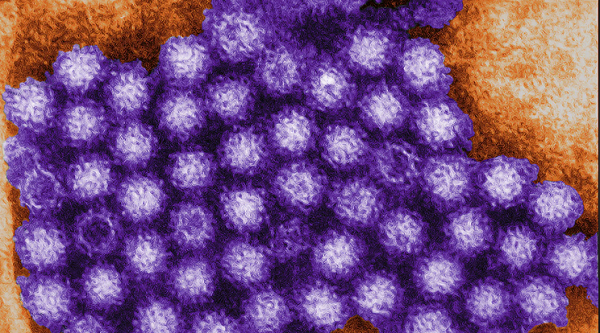Rate at which norovirus is spreading in Canada is alarming
Norovirus is spreading at a “higher frequency” than expected in Canada, specifically, in Ontario and Alberta, according to the Public Health Agency of Canada (PHAC).
Norovirus is a common, highly contagious virus that causes nausea, vomiting, abdominal pains, cramps and diarrhea.
“The number of norovirus cases reported has been higher than expected in 2024 compared to the previous five-year historical average,” a PHAC spokesperson told CTV News Toronto.
Specifically, PHAC noted an increase in Ontario, Alberta and, to a lesser extent, British Columbia, Saskatchewan, Manitoba, New Brunswick, and Newfoundland and Labrador.
The health agency acknowledged the five-year historical average the current uptick is based on includes several years of the COVID-19 pandemic, a time of reduced norovirus reports.
University Health Network Infectious Diseases Leadership Chair Dr. Susy Hota, said the pandemic is also a reason we’re seeing more cases.
“People are doing more social things and going on cruises and those kinds of exposures that are risks for getting norovirus,” Hota said.
“I think we’re still going to see some changes in how common viruses behave because of the three years that people were doing less and interacting less.”
Toronto Public Health (TPH) and Public Health Ontario (PHO) do not track norovirus cases. However, TPH does survey outbreaks, localized increases in the rate of infection or illness, above what’s expected, in hospitals, long-term care homes, and retirement residences.
As of the most recent report on Thursday, there were three outbreaks reported in Toronto health-care institutions.
While we are seeing “a little bit more” norovirus this year compared to previous years, Hota said, “it’snothing terribly unusual, just more than we would expect.”
What is norovirus?
Norovirus, also known as “Norwalk virus,” named after the first outbreak which took place in Norwalk, Ohio, entails diarrhea, vomiting, nausea, stomach pain, and cramping. Fever, chills, headache, body and muscle aches, and fatigue are some of the other symptoms.
It is the most common form of the stomach flu, accounting for more than 60 per cent of cases, according to the National Collaborating Centre for Infectious Diseases.
How does norovirus spread?
Norovirus is transmitted through contaminated surfaces and close contact with infected people, but it also has a “hardiness,” as Hota characterizes it, that makes the virus highly contagious.
It’s difficult to eliminate the virus from surfaces because alcohol-based hand gel is not as effective in killing norovirus, since it can withstand relatively high levels of chlorine, making hand washing the best defense.
After contracting the illness, it can take 12 to 48 hours to develop symptoms, which are usually at their worst in the first 48 to 72 hours, according to Hota.
“The thing is you’re still infectious to others until about 48 hours after your stools have formed again, and the diarrhea stops,” she said
What do you do if you get norovirus?
There is no treatment for norovirus that’s specific to the infection. “Your body will take care of it,” Hota said. A health-care provider can diagnose the virus by taking a stool or vomit sample for laboratory testing, according to PHAC.
“It is miserable to go through those first 48 hours but the important thing is to keep hydrated,” Hota added.
Anti-nausea medication can be taken to alleviate some of the symptoms, but ultimately she said, just letting the infection “ride out” is the best course of action
This article was first reported by CTV News












